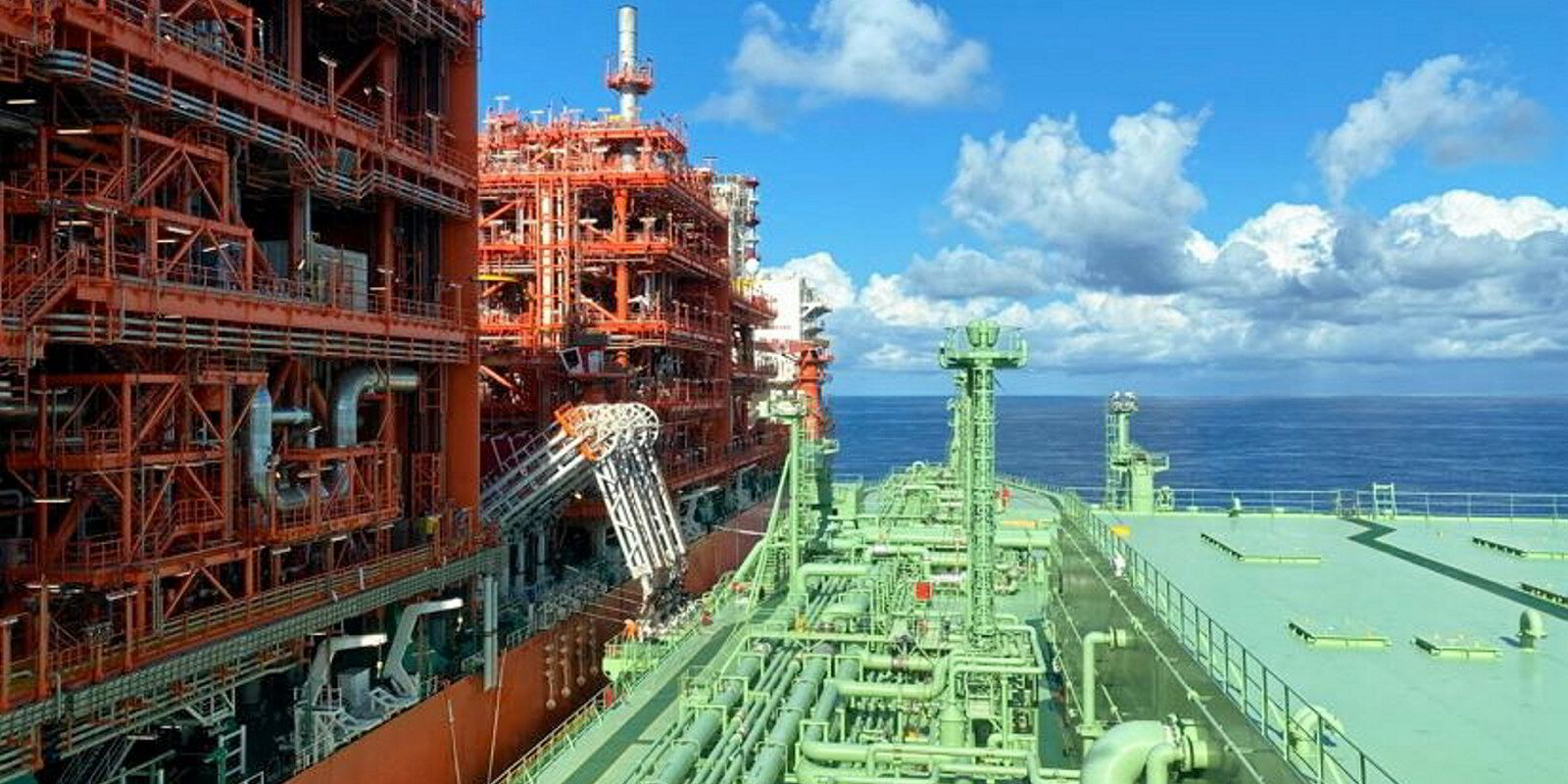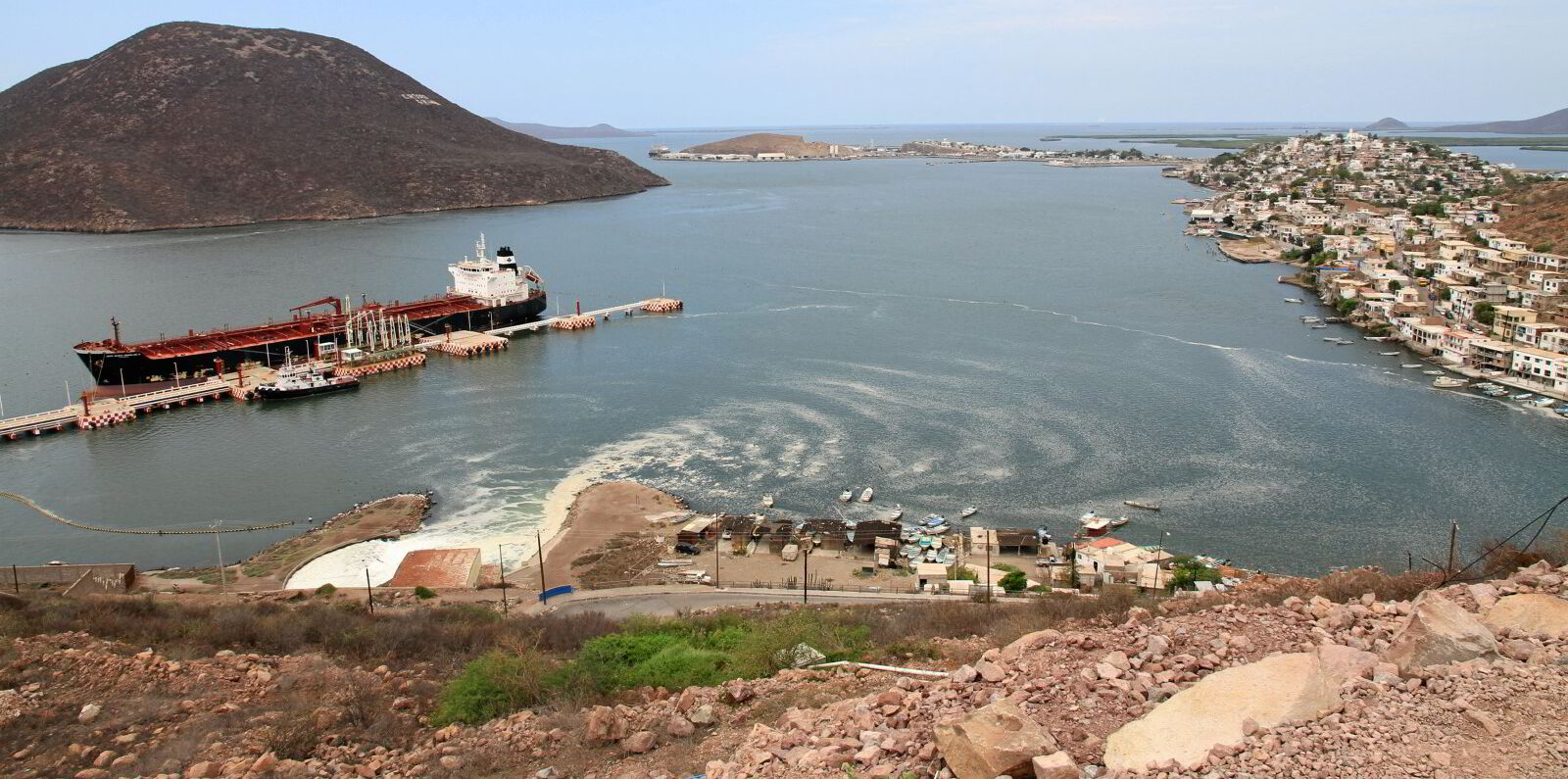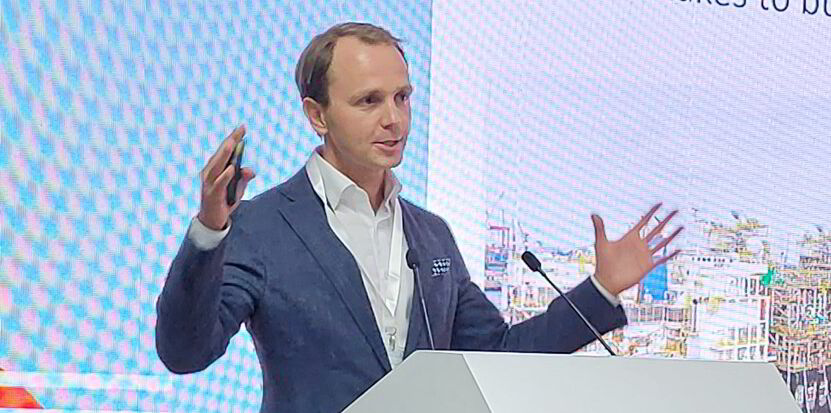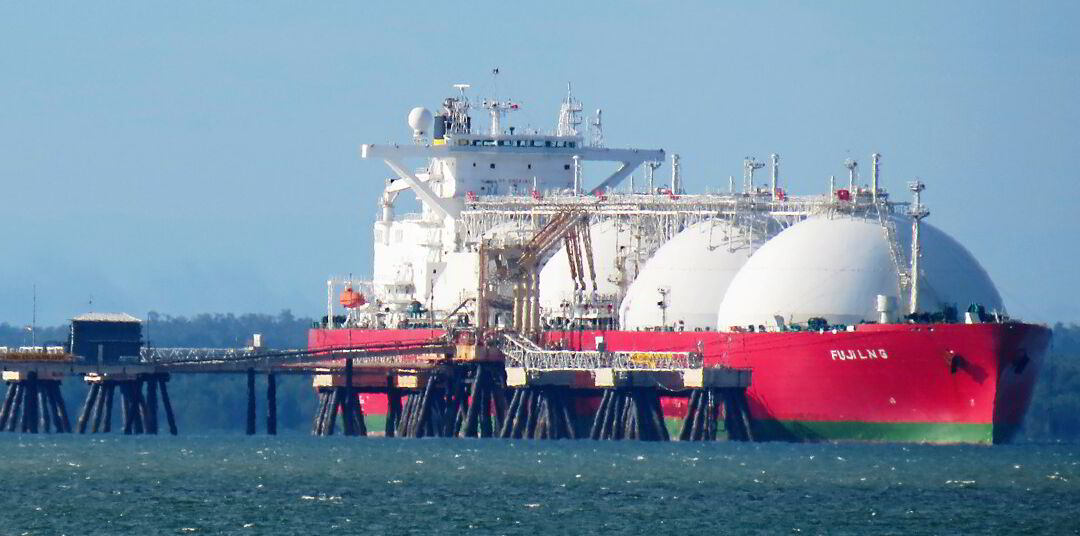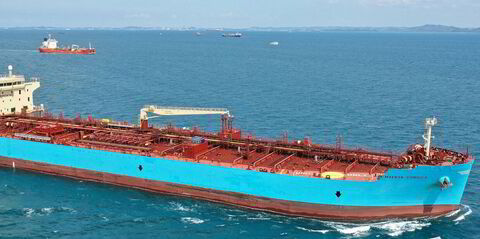Projects for floating LNG production are on the increase globally and by the end of the decade the capacity of these offshore units could stack up at over 50m tonnes per annum.
Producing LNG offshore is a relatively new activity that started in 2017 when Malaysian state energy company Petronas put its first unit into operation. But there were years of planning and agonising over the technical hurdles before this.
Today, there are seven offshore units in operation, another on-site and ready to start commissioning and a further four on order. When all are operational, they can produce almost 26 mtpa in total.
China’s Wison New Energies is currently building two FLNG units — a 2.4-mtpa unit for Eni’s Congo project and another 1.2-mtpa floater that Genting plans to deploy in Indonesia.
The company — which does all the engineering, procurement and construction for FLNG units rather than working in joint ventures or as part of consortia as it believes this is more time efficient — is also constructing a new 500-metre-long dry dock. This is due to be in operation by the end of 2025 and will be used for FLNG construction.
Wison New Energies chief technology officer Damien Nguyen said FLNG activity has picked up. In the last six months, he said the company has done around 14 studies for FLNG.
Nguyen said most of the interest is focused on newbuildings of 3.6 mtpa or over.
Belgium’s Exmar has also been a long-time player in the sector.
Jonathan Raes, managing director of infrastructure for LNG and offshore at Exmar, likens the development of the sector to the early stages of floating storage and regasification units and floating production storage and offshore units, both of which are now established technologies.

Raes, who has been working in both the floating liquefaction and regasification markets for more than a decade, said there is great potential for FLNG, and activity is accelerating but projects remain complex deals to put together.
He cites factors such as the number of stakeholders, shipyard capacity, permitting and the need to aggregate stranded gas for projects as elements that feed into this and technological considerations like the metocean conditions and gas specifications.
Raes said that exporting resources can also be politically sensitive at a national level, particularly when state-owned companies are involved that may not be able to move quickly when executing a deal.
He said FLNG units are capital intensive, which can lead to complexities on the offtake and a project’s bankability, and also pointed out that while there are often windows of opportunity, aligning all factors — including pricing — can be challenging.
To build or convert?
Golar LNG ranks itself as the owner of the world’s largest FLNG capacity, with two units comprising a combined 5.1 mtpa. The company has set an ambitious target to more than double its capacity to 12 mtpa by 2030.
Both the company’s existing FLNGs are conversions of 1970s-built LNG carriers, which have been built out to add more deck space to accommodate the liquefaction equipment.
Golar is now planning to embark on its Mark II design, which will entail cutting a Moss-type LNG carrier in half to add a mid-section.
Nguyen said conversions are a smart concept, but he describes them as “niche” with too many limitations in terms of their topside footprint, storage capacity and unsuitability for deepwater locations.
Raes also said he sees limits for conversions. There is a tipping point, describing it as like renovating a house — “at some point, you might as well tear it down and build new”, he said.
Lean and mean
Exmar, which has built both an FLNG unit and an FSRU, both of them barge-based, and redeployed its production floater twice, sees its offshore liquefaction, processing and regasification business as floating infrastructure with no single standard solution.
“At Exmar, we try to think with the customer what is the problem then work to crack the code together,” he said. “With FLNG try to keep it as simple as possible — lean and mean, not overcomplicate things.”
Golar is also looking at redeploying its first unit — the Hilli Episeyo — at the end of its contract in mid-2026.
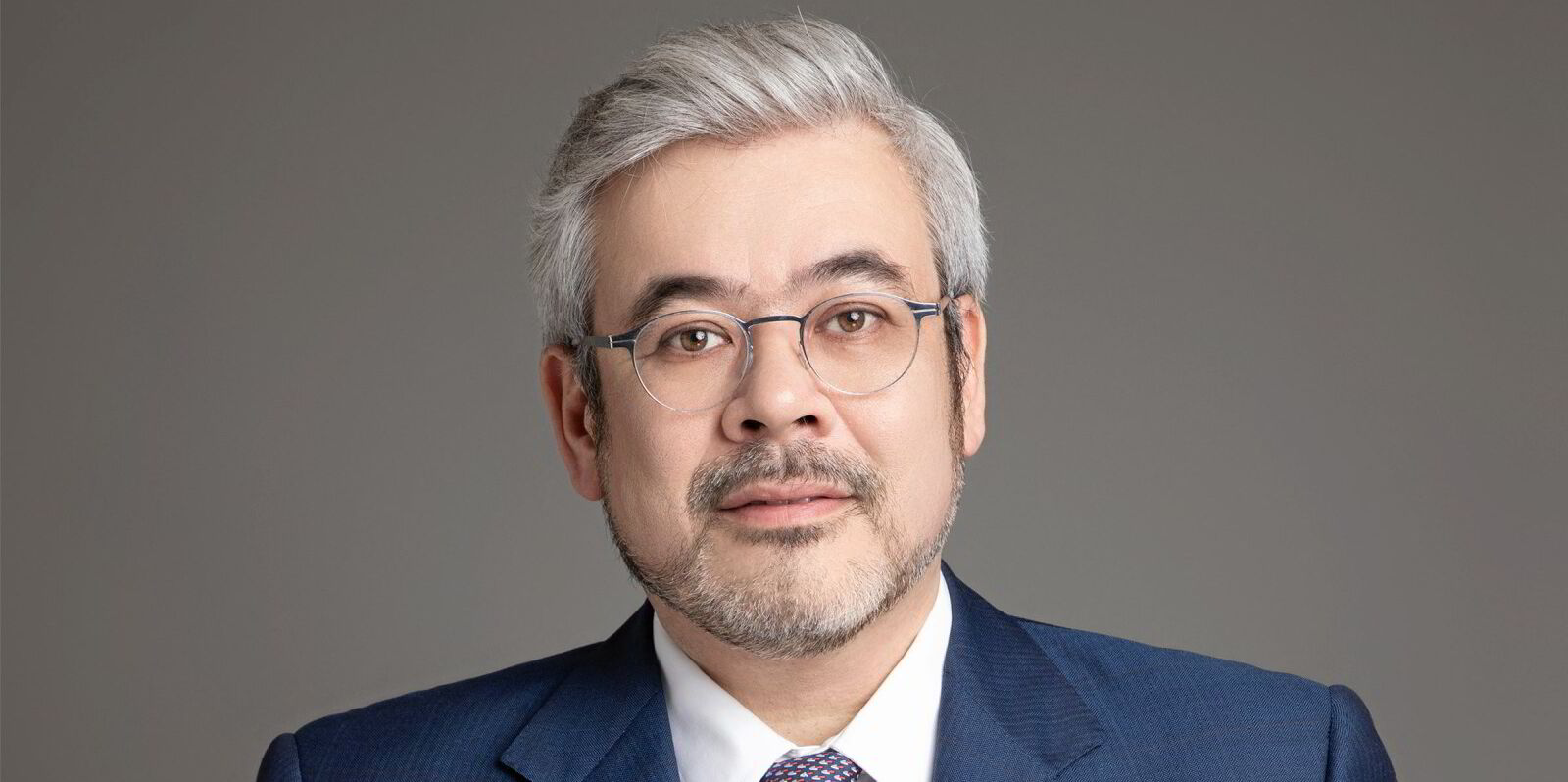
Nguyen believes that redeployment of FLNG units will be limited, with them more likely to be built on a field-specific basis, where they are designed for a specific gas composition and to operate over 20 years.
But Raes said redeployment has become a reality for FPSOs and FSRUs and will be for FLNG units.
Pricing ambition
The Exmar infrastructure MD said pricing is usually linked to the ambition of developers but the aim is usually to get as close as possible to the $500 to $600 per tonne range.
He compares this with land-based liquefaction projects in countries such as Qatar, which come in at around the $1,000 per tonne mark.
“The ambition is always to stay as far away as possible from the $1,000 per tonne and get close to the $500.”
Raes said the value proposition for an FLNG unit is its construction time, potential for redeployment and the fewer risks that come with it being built in a controlled shipyard environment. However, he said inflation and higher prices for cryogenic materials and equipment are putting costs under pressure.
As more FLNG projects are lined up, dry dock space for construction or conversion may become one of the limiting factors.
Golar has already reserved space and long-lead items for its Mark II conversion. Wison is quoting three to 3.5 years for a conversion. But those wanting an FLNG are likely to wait until 2028 or 2029 for delivery.
